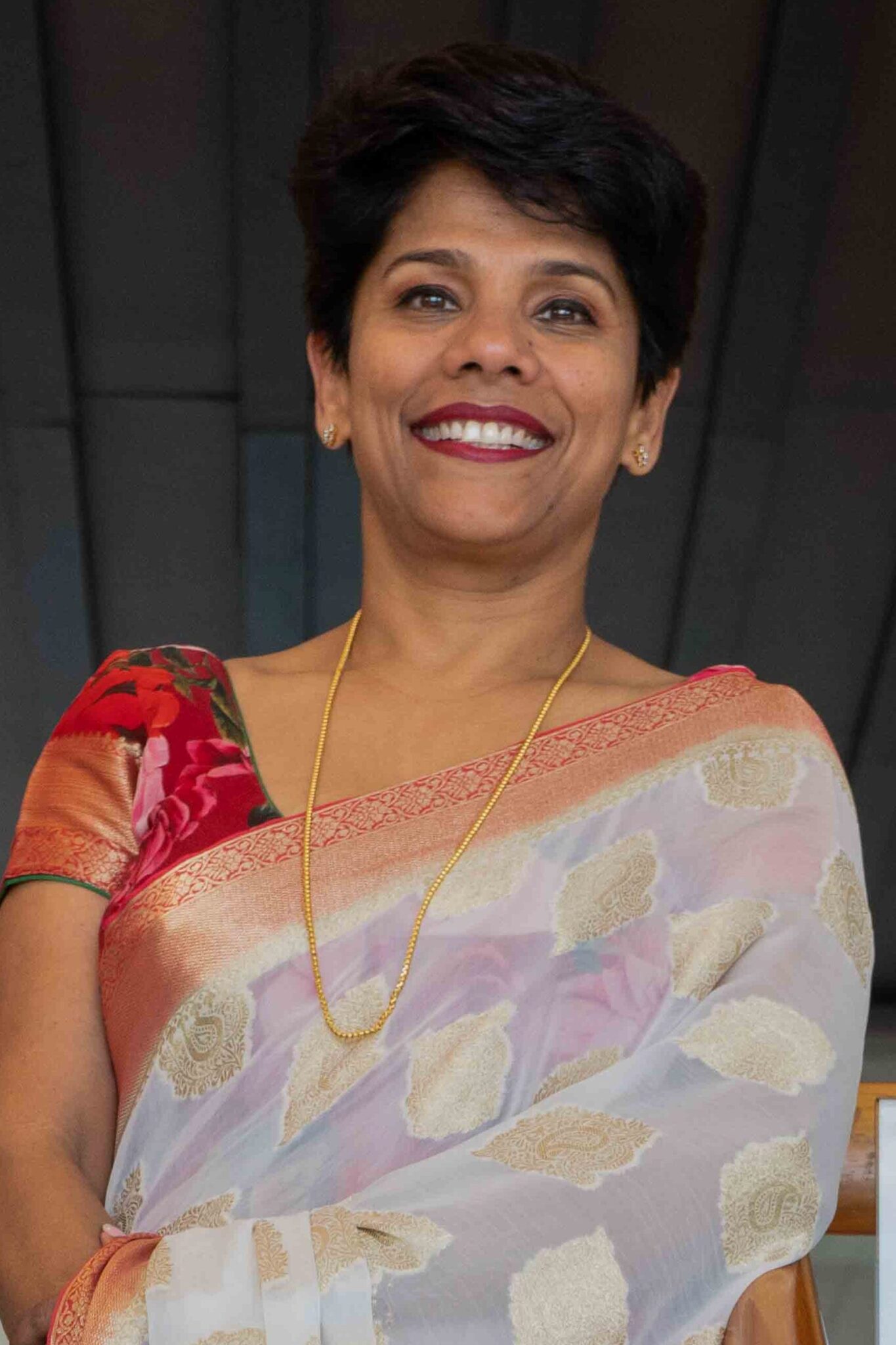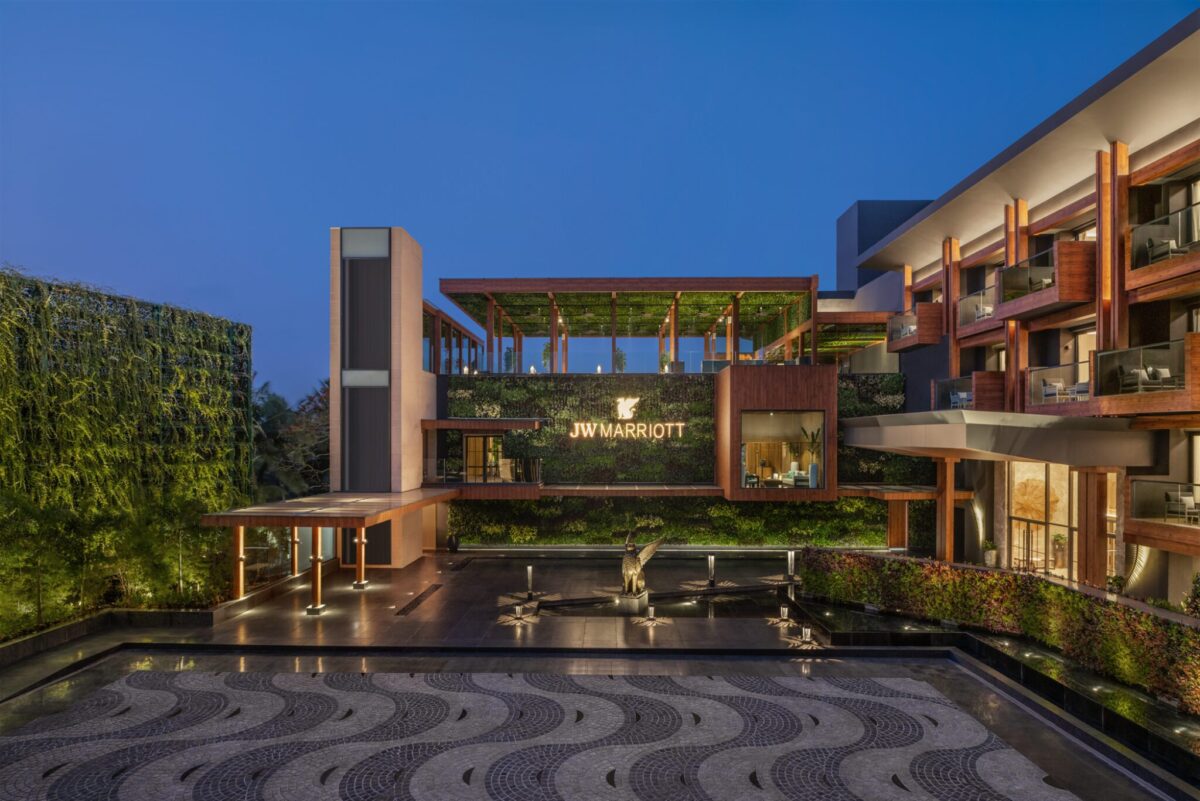Skift Take
Marriott wants in on the India story as it positions itself for growth and relevance in the country's hospitality market. The hotel company now seeks to tap into the burgeoning demand stemming from smaller cities — a strategic step that could define its path in this dynamic market.
Marriott, the leading hotel company in India, is set to introduce its 17th brand in the country — Moxy.
This move was recently announced by Ranju Alex, Marriott’s area vice president for South Asia, during the launch of India’s first-ever co-branded hotel credit card by Marriott in partnership with HDFC Bank.
“Our brand entries reinforce our commitment to South Asia. It is a high potential region for us and Moxy as a brand will bring a bold, new and unconventional hotel experience to this dynamic market. It will be our 17th brand to launch in the region across markets such as Bengaluru, Mumbai and Chennai with an anticipated opening planned for the first quarter of 2024,” Alex said.
Marriott International now has 31 brands globally with a 32nd on its way. (Read Skift’s explainer on Marriott’s brands.)
The impact of the Covid-19 pandemic has caused a major shift in Marriott’s approach to business, showing the importance of diversification. That’s behind the introduction of the Ritz Carlton yacht and the imminent launch of the Moxy brand in India.
In Alex’s words, it isn’t enough to just be the largest hospitality company, “We aspire to be the most favorite travel company of the world.”
Alex emphasized that loyalty is a key part of Marriott’s business model. In the highly competitive landscape of the hospitality industry, a loyal guest base can be an important asset.
The hotel has 186 million members enrolled in the Marriott Bonvoy loyalty program, and Alex underscored that Marriott will continue to foster its relationship with members in India, where around 4.5 million guests are part of the program.

Targeting Smaller Cities
Marriott’s strategic expansion into India’s tier two and tier three cities is in response to changing consumer behavior, partially created during the pandemic.
These cities have been experiencing a surge in growth, driven by rising middle-class aspirations and changes in consumer preferences.
Alex noted that while tier one cities house the majority of Bonvoy members, the real growth potential lies in tier two and tier three cities.
Alex said that unlike bigger cities in the country, hotels in smaller cities did not have to reduce rates during Covid.
Alex said these towns have surprised Marriott with their appetite for food and beverage. The company aims to capitalize on this potential by tailoring its offerings to meet the distinct preferences of consumers in these areas.
Not Just Rooms
Marriott has undertaken a substantial shift to place greater emphasis on elevating its food and beverage offerings to cultivate loyalty.
Alex cited an example of Marriott’s Shillong property, which achieved profitability within its first month of operation due to the strong demand for food and beverage services.
The company has also introduced schemes to earn and redeem loyalty points through dining experiences.
“So far, we have piloted it in 40 hotels in India, but very soon we will have it in all the Marriott properties in India clearly giving us a first mover advantage.”
This shift underscores the importance of localizing offerings to cater to specific market segments and occasions such as weddings, events, and conferences.
Alex said that the absence of readily available upscale event venues creates a unique advantage for Marriott, as its accommodations become a sought-after choice for hosting events in smaller cities.
This has translated into higher room occupancy rates, positioning the company’s properties as go-to options for hosting gatherings and enhancing its overall revenue in these markets.
More Marriott News
Updated Jun. 27, 2023
Conversion Projects and Expansion
Marriott’s interest in conversion projects, where successful existing hotels are aligned with the Marriott brand standards, is indicative of its growth strategy.
After St Regis Goa, there have been rumors that the iconic Ashok Hotel in Delhi may be part of Marriott’s next big conversion.
While Alex didn’t say an outright no, she said that they had a meeting with the commerce minister who expressed an interest towards its conversion. However, as she pointed out, “We are an operator, we don’t buy hotels. So, if one of our owners buys it, and invites us to run it for them, we’ll be more than happy.”
“The owners see a lot of value in Marriott’s conversions and we are getting a lot of queries on conversions. We are looking at some right now,” Alex said.
The Blended Travel Push
The pandemic prompted a significant shift in consumer behavior, with a greater emphasis on experiences over material possessions.
This change has worked to the advantage of hotel companies like Marriott, as blended trips combining business and leisure have become more prevalent.
The number of guests working to combine their business trip with a staycation has increased exponentially. “Earlier, in tier one cities, especially in business hotels, we used to struggle with occupancies during weekends. That’s no longer a worry for us.”
Marriott’s understanding of its customers’ desires and willingness to adapt to their changing needs have positioned the company to cater to this evolving trend successfully.
Skift India Report
The Skift India Report is your go-to newsletter for all news related to travel, tourism, airlines, and hospitality in India.
Have a confidential tip for Skift? Get in touch
Tags: blended travel, customer experience, food and beverage, hotels, india, loyalty, marriott, marriott bonvoy, moxy hotels, ritz-carlton, skift india report
Photo credit: The JW Marriott in Goa. Marriott International
